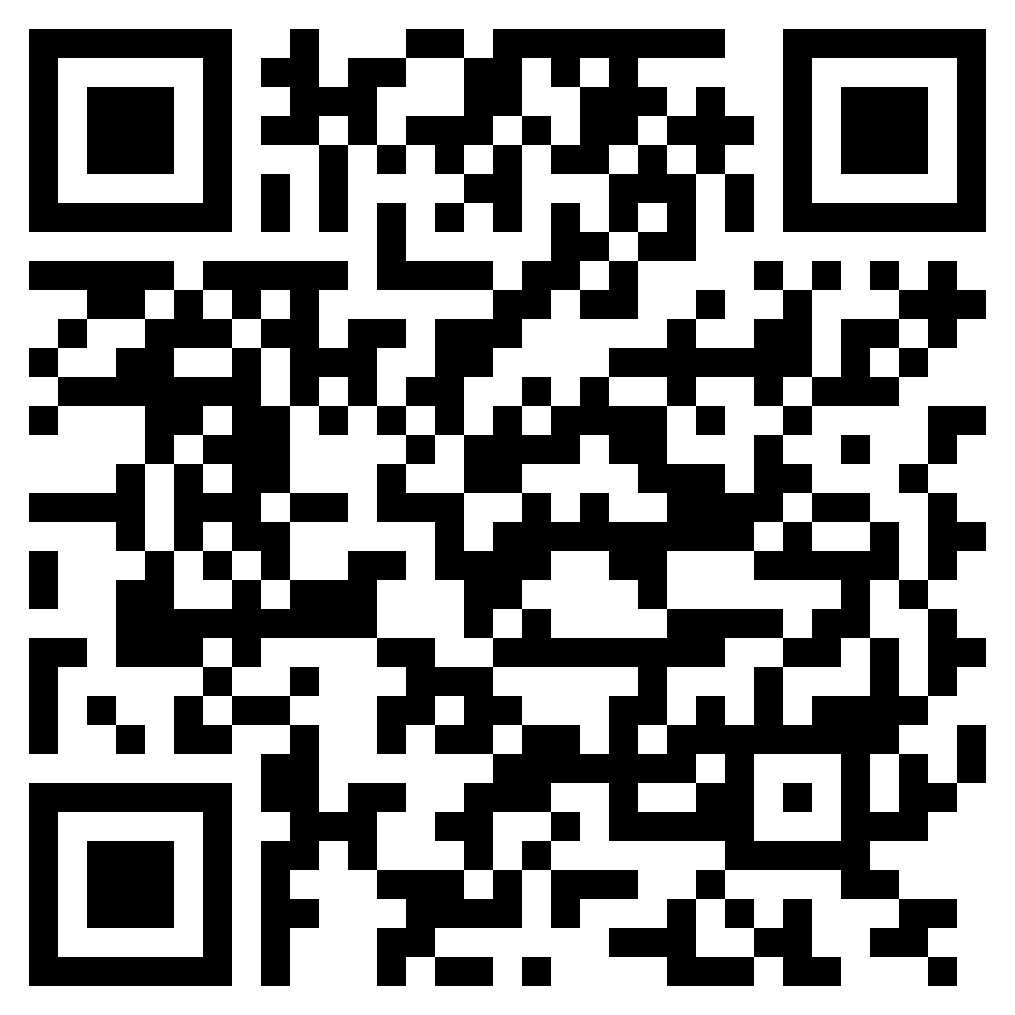Disney theme parks are renowned worldwide for their magic and appeal, but not all ventures have been as successful as the original Disneyland in California. One notable example is Euro Disney, now known as Disneyland Paris, which struggled significantly in its early years. This article delves into the reasons behind the initial failure of Euro Disney and contrasts it with the success story of Disneyland, offering insights into the complexities of international business and cultural adaptation.
The Inception of Disneyland
Disneyland, located in Anaheim, California, opened its doors on July 17, 1955. Walt Disney’s vision of a family-friendly theme park quickly became a monumental success. The park’s unique blend of entertainment, innovation, and immersive experiences attracted millions of visitors, cementing its place as a beloved destination.
Vision and Concept: Walt Disney’s idea for Disneyland stemmed from his desire to create a place where parents and children could have fun together. Inspired by visits to amusement parks with his daughters, Disney envisioned a park that offered more than just rides and games. He wanted to create an immersive experience where guests could step into different worlds and meet their favorite characters.
Construction and Challenges: The construction of Disneyland was a massive undertaking. The project faced numerous challenges, including financial constraints and skepticism from industry experts. Despite these obstacles, Disney remained committed to his vision. He personally oversaw every detail, ensuring that the park would live up to his high standards.
Opening Day: Disneyland’s grand opening was a star-studded event, attended by celebrities, journalists, and thousands of eager visitors. Despite some initial hiccups, including traffic jams and technical issues, the opening day was a resounding success. Disneyland quickly became a must-visit destination, attracting visitors from all over the world.
Key Factors Behind Disneyland’s Success
- Vision and Innovation: Walt Disney’s creative genius and dedication to quality ensured that Disneyland was not just a theme park but an experience. Each attraction was meticulously designed, providing an immersive experience that set a new standard in the entertainment industry.
Technological Innovations: Disneyland was a pioneer in the use of advanced technologies. From the audio-animatronics in attractions like the Enchanted Tiki Room to the innovative ride systems in Pirates of the Caribbean and the Haunted Mansion, Disneyland’s attractions were unlike anything seen before. These technological advancements created a sense of wonder and amazement that kept visitors coming back.
Storytelling and Theming: Disney’s commitment to storytelling was evident in every aspect of Disneyland. Each land and attraction was meticulously themed to transport guests into different stories and worlds. This attention to detail created an immersive experience that made visitors feel like they were part of the story. - Cultural Alignment: Disneyland was built in the United States, where the culture and values closely aligned with Disney’s brand. The themes and stories resonated with American visitors, fostering a strong emotional connection.
American Ideals: Disneyland embodied many of the ideals and values that Americans held dear, such as innovation, family values, and the pursuit of happiness. The park’s Main Street, U.S.A., for example, was designed to evoke nostalgia for a simpler, idyllic American past.
Familiar Characters and Stories: Many of Disneyland’s attractions were based on popular Disney movies and characters that American audiences were already familiar with and loved. This created an immediate connection and sense of familiarity for visitors. - Strategic Location: Anaheim, California, was an ideal location due to its favorable climate, proximity to Los Angeles, and accessibility for both domestic and international tourists.
Climate: Southern California’s mild, sunny climate made it an ideal location for an outdoor theme park. The weather allowed Disneyland to operate year-round, attracting visitors during all seasons.
Accessibility: Anaheim’s proximity to major highways and Los Angeles International Airport made it easily accessible for visitors from both the United States and abroad. The location also benefited from the growing population and tourism industry in Southern California. - Marketing and Brand Loyalty: Disney’s robust marketing strategies and the already established brand loyalty played a crucial role in attracting visitors. The Disney name was synonymous with quality family entertainment.
Media Presence: Disney leveraged its media empire to promote Disneyland. Television specials, movies, and merchandise all helped to build excitement and anticipation for the park. The opening day was even broadcast live on national television.
Merchandising and Licensing: Disney’s extensive merchandise and licensing efforts helped to build brand loyalty. Visitors could purchase souvenirs and memorabilia, allowing them to take a piece of Disneyland magic home with them.
The Launch of Euro Disney
Disney aimed to replicate the success of Disneyland in Europe with the launch of Euro Disney in Marne-la-Vallée, near Paris, France. Opening on April 12, 1992, Euro Disney was envisioned as a gateway to the European market. However, the park faced numerous challenges from the outset, leading to financial difficulties and a tarnished reputation.
Site Selection and Construction: The location near Paris was chosen for its central position in Europe and its potential to attract visitors from across the continent. However, the site selection and construction process faced significant hurdles, including land acquisition issues and local opposition.
Grand Opening: The grand opening of Euro Disney was a highly anticipated event, with extensive media coverage and high expectations. However, the initial excitement quickly turned into disappointment as the park faced a series of operational challenges and cultural missteps.
Key Reasons for Euro Disney’s Initial Failure
- Cultural Misunderstandings: One of the primary reasons for Euro Disney’s struggles was the cultural mismatch. Disney’s American-centric themes and business practices did not resonate well with European visitors. The company’s initial refusal to serve alcohol, for instance, clashed with French dining customs, causing discontent among guests.
Cultural Norms: European cultures have distinct norms and preferences that differ from those in the United States. For example, the European approach to dining is more leisurely and often includes wine with meals. Disney’s initial policy of not serving alcohol was seen as out of touch with local customs.
Holiday Patterns: Europeans tend to take longer vacations, often spending more time relaxing and dining than engaging in high-energy activities. Euro Disney’s fast-paced, highly scheduled approach did not align with these preferences, leading to a disconnect with visitors. - Pricing Strategy: The high ticket prices and hotel rates alienated potential visitors. The perception that Euro Disney was a luxury experience not affordable for the average European family led to lower-than-expected attendance.
Affordability: Many Europeans saw Euro Disney as an expensive destination, especially compared to other local attractions and holiday options. The high costs of admission, accommodation, and food created a barrier for many families.
Value Proposition: Visitors often felt that the experience did not justify the high costs. The lack of culturally relevant attractions and the emphasis on American themes contributed to this perception of poor value. - Economic Factors: The early 1990s were marked by economic recession in Europe, which affected consumer spending and travel budgets. This economic downturn coincided with the park’s opening, further dampening visitor numbers.
Recession Impact: The economic recession in Europe led to reduced disposable income and cautious spending. Many families prioritized essential expenses over leisure activities like theme park visits.
Currency Fluctuations: The strength of the French franc and other European currencies against the U.S. dollar also impacted the cost of traveling to and spending at Euro Disney, making it more expensive for non-French visitors. - Marketing Missteps: Disney’s marketing strategy for Euro Disney did not effectively address the European audience. The promotional campaigns failed to account for regional differences and preferences, resulting in a lack of interest and excitement.
One-Size-Fits-All Approach: Disney’s marketing campaigns were heavily influenced by its successful strategies in the United States. However, these campaigns did not resonate with European audiences who had different cultural references and expectations.
Lack of Localization: The promotional materials often failed to highlight elements that would appeal specifically to European visitors, such as the park’s unique attractions and its connection to French culture. - Location and Weather: Unlike sunny California, the weather in Marne-la-Vallée is often cold and rainy, which can deter visitors. The park’s location, while strategically chosen for its proximity to Paris, did not offer the same year-round appeal as Disneyland in California.
Climate Challenges: The frequent cold and rainy weather in Marne-la-Vallée made it less appealing for visitors who were accustomed to warmer climates or who preferred outdoor activities in good weather.
Seasonal Variability: The weather significantly affected attendance, with fewer visitors during the colder months. This seasonal variability made it challenging to maintain consistent visitor numbers throughout the year.
Comparison with Disneyland’s Success Factors
- Cultural Sensitivity: Disneyland’s success can be attributed to its deep understanding of American culture. In contrast, Euro Disney’s failure highlighted the importance of cultural sensitivity and adaptation in international ventures.
Cultural Integration: Disneyland seamlessly integrated American culture and values into its attractions and operations. In contrast, Euro Disney’s failure to fully adapt to European cultural norms and preferences alienated many potential visitors.
Tailored Experiences: Disneyland’s attractions and entertainment offerings were tailored to the tastes and preferences of American audiences. Euro Disney’s initial lack of tailored experiences for European visitors contributed to its struggles. - Pricing and Value Proposition: Disneyland offered a compelling value proposition that justified its pricing. Euro Disney, however, struggled to convey the same value to European visitors, leading to perceptions of it being overpriced.
Perceived Value: Disneyland’s pricing was seen as fair and justified by the quality of the experience. In contrast, Euro Disney’s high prices were not perceived to offer equivalent value, particularly given the cultural disconnect.
Economic Context: Disneyland opened during a time of economic prosperity in the United States, while Euro Disney launched during a recession in Europe. This economic context significantly impacted visitors’ willingness to spend. - Economic Timing: Disneyland benefited from a booming post-war economy, whereas Euro Disney launched during an economic downturn in Europe, affecting discretionary spending.
Post-War Boom: Disneyland’s opening coincided with a period of economic growth and increasing disposable income in the United States, which contributed to its early success.
Recession Impact: Euro Disney’s launch during an economic downturn in Europe resulted in cautious consumer spending and lower attendance. - Local Engagement: Disneyland integrated itself into the local community, while Euro Disney faced resistance from local residents and businesses, who viewed it as an American imposition rather than a collaborative venture.
Community Integration: Disneyland worked closely with the local community, fostering positive relationships and support. Euro Disney, on the other hand, faced opposition from local residents who were concerned about the impact on their way of life and the local environment.
Collaborative Efforts: Disneyland’s success was partly due to its ability to engage with local businesses and stakeholders, creating mutually beneficial partnerships. Euro Disney’s initial approach lacked this level of collaboration, leading to tensions and resistance.
Lessons Learned and the Turnaround
Despite its rocky start, Euro Disney eventually turned around and became a successful venture. Several key strategies contributed to this recovery:
- Cultural Adaptation: Disney began to adapt its offerings to better align with European tastes and preferences. This included menu changes, increased French-language signage, and more culturally relevant entertainment.
Menu Adjustments: Recognizing the importance of local dining customs, Disney introduced more European cuisine options and began serving alcohol, which helped to attract more visitors and enhance the guest experience.
Cultural Celebrations: Euro Disney started incorporating European cultural celebrations and events, such as Bastille Day and Oktoberfest, which resonated with local visitors and helped to create a more inclusive atmosphere. - Pricing Adjustments: Adjusting ticket prices and offering more affordable vacation packages helped make the park more accessible to European families.
Discounts and Promotions: Disney introduced special offers, discounts, and vacation packages that made visits more affordable for families. These promotions helped to attract a wider audience and boost attendance.
Seasonal Pricing: Implementing seasonal pricing strategies allowed Euro Disney to attract visitors during off-peak times, helping to balance attendance throughout the year. - Enhanced Marketing: Improved marketing strategies that focused on the unique appeal of Disneyland Paris and highlighted its proximity to Paris helped attract more visitors.
Localized Campaigns: Disney developed marketing campaigns that were specifically tailored to European audiences, highlighting the unique attractions and experiences at Disneyland Paris.
Partnerships with Travel Agencies: Collaborating with European travel agencies and tour operators helped to promote Disneyland Paris as a must-visit destination and made it easier for visitors to plan their trips. - Operational Improvements: Investing in infrastructure, improving customer service, and expanding the range of attractions helped enhance the overall guest experience.
Infrastructure Upgrades: Disney invested in upgrading park infrastructure, including transportation, accommodations, and amenities, to improve the overall visitor experience.
Customer Service Training: Enhancing customer service training for staff helped to create a more welcoming and enjoyable environment for guests.
New Attractions: Introducing new attractions and experiences, such as the popular Ratatouille ride, helped to attract repeat visitors and keep the park fresh and exciting.
Conclusion
The story of Euro Disney’s initial failure and subsequent turnaround offers valuable insights into the challenges of international business and the importance of cultural sensitivity, strategic pricing, and effective marketing. While Disneyland’s success was built on a strong alignment with American culture and values, Euro Disney’s struggles highlighted the complexities of adapting a beloved brand to a new and diverse audience. Ultimately, the lessons learned from Euro Disney’s experience have helped shape Disney’s approach to global expansion, ensuring that the magic of Disney can be enjoyed by families around the world.
For more insights into business strategy and international ventures, visit Academic Expert, your trusted source for in-depth analysis and expert commentary.





